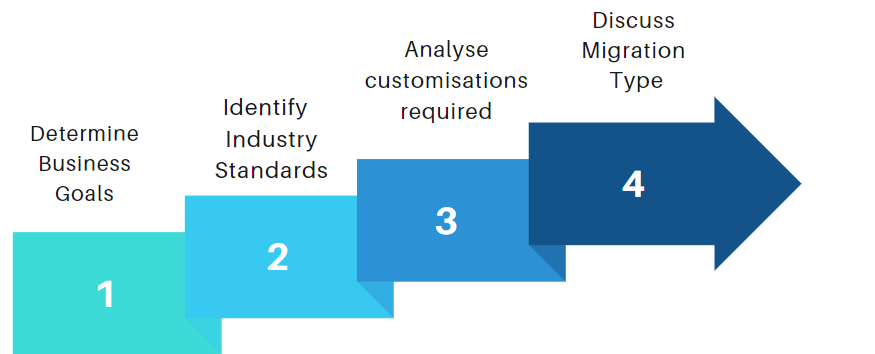[vc_row][vc_column][vc_column_text]Commodity Management is evolving and so are the complexities associated with it. As a result, coping with these challenges and staying competitive in the marketplace now requires modern trading solutions and advanced skills. Upgrading to an advanced Commodity Management ERP from an on-premise system or any Accounting application could make you feel skeptical. Hence, we’re here to help you understand the top challenges associated with Dynamics 365 and the secret to its successful implementation.
Potential Challenges:
It’s recommended to consider ways to tackle the below challenges associated with softwares that are not industry specialized/focused – while transitioning to a Commodity Trading Application like Robo-Commodity built on Microsoft Dynamics 365.
1) Severe gaps in functionality
2) Error-prone due to manual processing
3) Limited capabilities that adhere to industry practices
4) Inability to operate multiple geographies and subsidiaries
5) Complex and time-consuming customizations
6) Lack of data insights and reports
7) Complex integrations & incomplete systems
While these are some of the major challenges your current system could be facing, the list could go on based on the system-type in place. While some trading errors may seem small, avoiding them could result in long-term capital losses or trading errors of up to $2 million.
For several small and medium traders disruption and funds are of deep concern while considering an ERP implementation. Thus, many fear the risks of additional costs and risks associated for upgradation. While most vendors offer systems that often lack industry and company focus – Robo-Commodity is awarded for best value as it is cost-effective and exclusively built for commodity trading.
As no one solution fits every business, company-specific customizations are offered by our team of experts. Thus, while developing a plan to opt for the right system is it is crucial to find a solution that is industry focused, modern, advanced, cost-effective, easy-to-use, and addresses the above listed challenges caused by outdated applications.
Steps to an effective on-premise to cloud ERP migration plan:
- Determine and re-validate the business areas that play a key role in the success of your organization in the digital era.
- Leverage the standard functionality identified by current market standards.
- Understand the customizations required in an ERP tool to meet your business goals.
- Analyse if a direct migration is possible with your ERP provider.
Why Robo-Commodity Is Best For Commodity Management?
 [/vc_column_text][/vc_column][/vc_row]
[/vc_column_text][/vc_column][/vc_row]
[vc_row][vc_column width=”1/6″][/vc_column][vc_column width=”2/3″ css=”.vc_custom_1569490505427{border: 2px solid #dd9933 !important;}”][vc_column_text]
Get a 30 Minute Free Consultation!
[/vc_column_text][contact-form-7 id=”103″][/vc_column][vc_column width=”1/6″][/vc_column][/vc_row]

